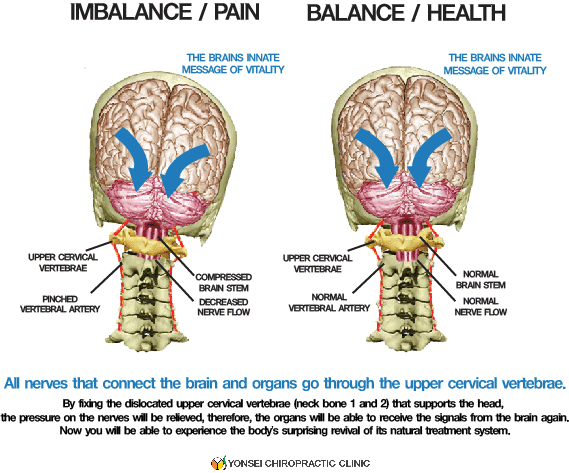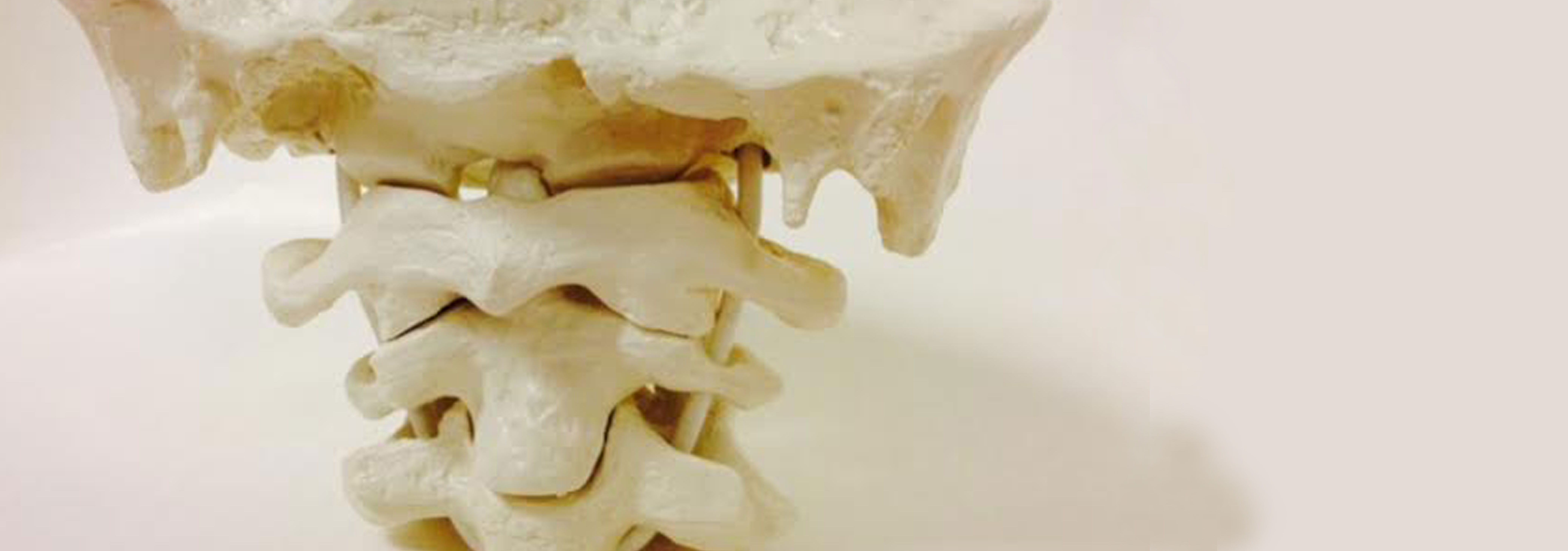Pain? No Pain?
The aftereffect symptoms of a car accident normally show 1~2 days, or even few months after the accident. In fact, the absence of pain doesn’t necessarily mean there is no damage. Many of the symptoms caused by a car accident or trauma lay dormant until later. If nerves are put under pressure after the accident, it will not only result in pain, but it will lead to a more severe illness.
Car accidents can cause damage in many parts of the body such as 7 possible locations in the upper cervical vertebrae and 32 joints and muscles throughout the body. This may prevent you from leading a normal life and instead one with pains like dizziness, nausea, vomit, muscular rigidity, tinnitus (a ringing sound in ears), etc.
Aftereffect/Whiplash
Car accidents can especially cause problems in the upper cervical vertebrae. If the upper cervical suffers due to excessive pressure, it will prevent normal movement of the body, and will lead to further problems.
During the car accident, one’s head experiences an abrupt backward or forward jerking motion. This damages the upper cervical vertebrae and such injury is hard to detect even with a CT scan or MRI. Because of this characteristic, an aftereffect of a car accident can become chronic.
Car accident aftereffects can also cause pains throughout the entire body since unexpected impact to the body cause irregular damages. Such pains can last anywhere from days to months.
Sometimes people confuse nerve damage with contusion and try treating symptoms with physical therapy, acupuncture, and massages. Those treatments cannot recover nerves under pressure and instead temporarily eliminates pain. Not treating the nerves properly will worsen the nerves, and will actually result in chronic pains.
The aftereffects of a car accident require immediate attention and continuous care.



